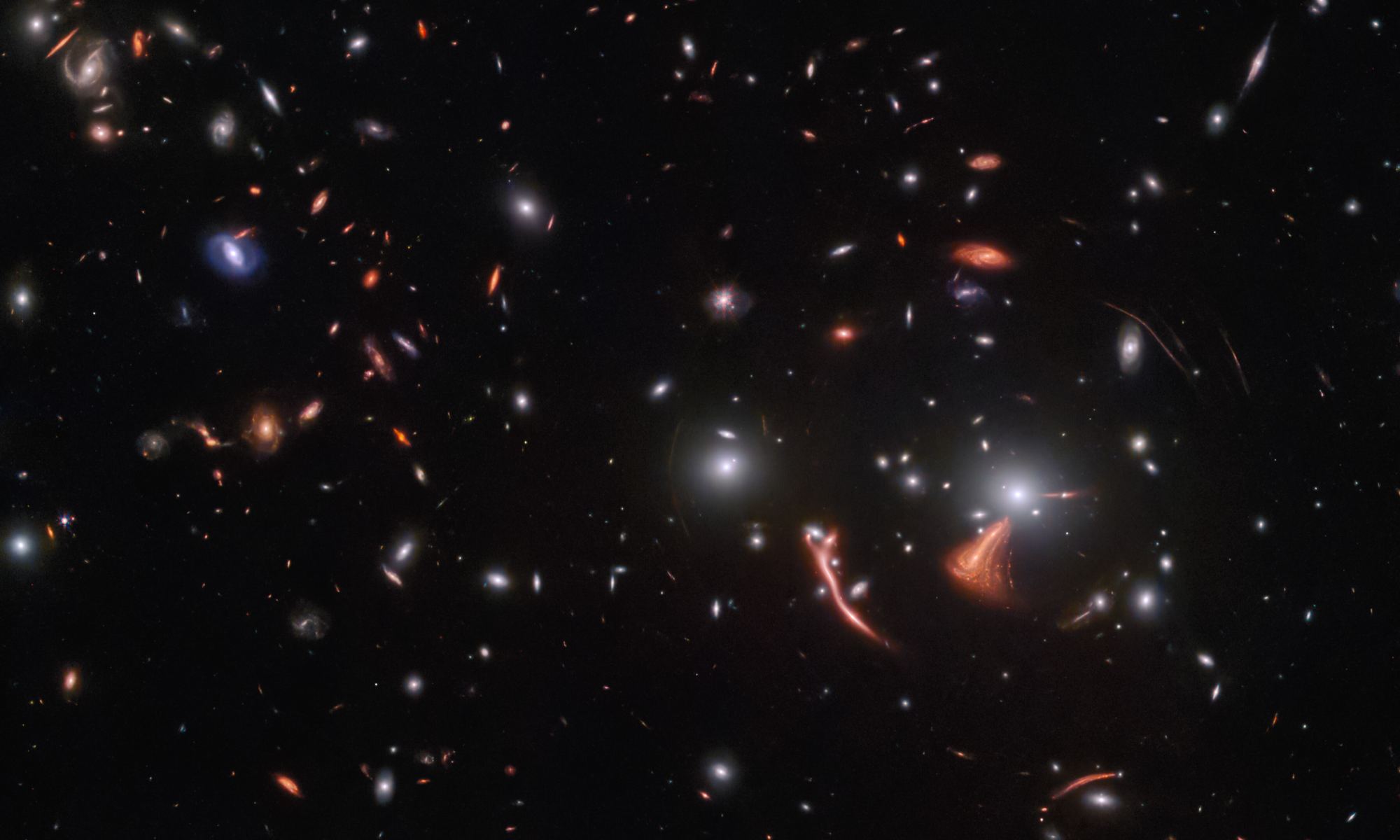The face of astronomy is changing. Though narrow-field point-and-shoot astronomy still matters (JWST anyone?), large wide-field surveys promise to be the powerhouses of discovery in the coming decades, especially with the advent of machine learning.
A recently developed machine learning program, called ASTRONOMALY, scanned nearly four million galaxy images from the Dark Energy Camera Legacy Survey (DECaLS), discovering 1635 anomalies including 18 previously unidentified sources with “highly unusual morphology.” It is a sign of things to come: a partnership between humans and software that can do better observational science than either could do on their own.
Continue reading “Machine Learning Algorithms Can Find Anomalous Needles in Cosmic Haystacks”
